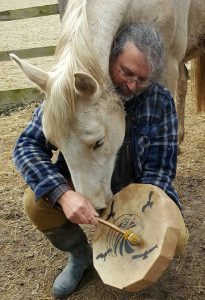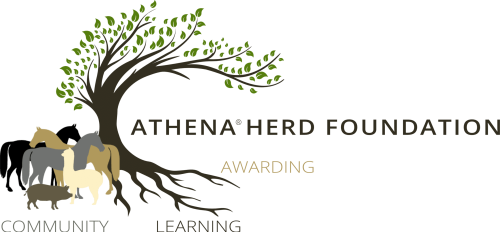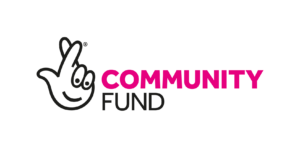This is a guest blog written by Graeme Green of The Mindful Horse, who is one of the facilitators at this August’s Wellbeing Retreat – click here for retreat info – or read on ….
Anyone that attends any of my workshops will know how strongly I feel about the power of drumming. Part of that passion lies in drumming as a connection with generations passed. If we look through the lens of Rupert Sheldrake’s principle of Morphic Resonance, it becomes a ritual connecting human communities through thousands of years, no different to Thanksgiving or Christmas.
This collective exploration of rhythm and movement excites and engages, whether it be the social gathering to drum and dance binding the community together, or the trance-inducing beat that drove the shaman to trance.
Rhythm surrounds us in life, from the moment of our conception when we are connected to the heartbeat of our mother. Yet today, as we rush around on engaged in busy-ness of perpetual distractions, those sounds simply pass us by. As in our meditations, the act of drumming grounds us once again in the moment, and when we are with others it weaves us into the communal. We re-connect with social roots of our humanity.

The research found specifically that a 10-week programme of group drumming reduced depression by 38 per cent and anxiety by 20 per cent; further they found that the same programme can also improve social resilience by 23 per cent and mental wellbeing by 16 per cent.
The RCM research cites the linkage between mental health conditions, including depression, and inflammation in the immune system. The subtle vibrational of drumming has been shown to be an effective treatment because it helps to release and decrease such inflammation.
New York based psychotherapist Robert Lawrence Friedman was one of the first formal researchers into the 
This finding was supported in 2001 publication by Dr. Barry B. Bittman. This study showed that there was a significant boost in the activity of “cellular immune components responsible for seeking out and destroying cancer cells and viruses were noted in normal subjects who drummed.”
In short, drumming can increase the presence of T-cells, the white blood cell that fights viruses.
The direct emotional impacts of drumming are also well documented, quite simply, it makes you happy. Drumming is known to release endorphins, which are associated with general feelings of well-being and euphoria, as well as the natural pain-relief effect of endorphins and endogenous opiates.
Drumming induces deep relaxation; in one US study, blood samples from participants who participated in an hour-long drumming session revealed a reversal in stress hormones; in my own experience those I have spent time with have often reported improved and less disturbed sleep patterns following drum work.
Drumming also produces a strong sense of community and connectedness, that bond boosts our Oxytocin levels. Drumming circles and group drumming classes provide an opportunity for “synchronicity” in that you connect with your own self at a deeper level while also connecting with other like-minded people.
Beyond my Reiki healing work, as a mindfulness practitioner I never question the drum as a means of grounding people in the present moment – even in the simplest engagement when its rhythm forms the meditation object. I regularly see its power to de-stress, to calm and to relax.
Personally, I never travel without a drum. It brings life, happiness and healing wherever it goes. To see that science is beginning to bring repeatable proof to the table is wonderful. Still, those of us that engage with rhythm have know if for ages (LOL).
Graeme Green
www.themindfulhorse.org
[email protected]






